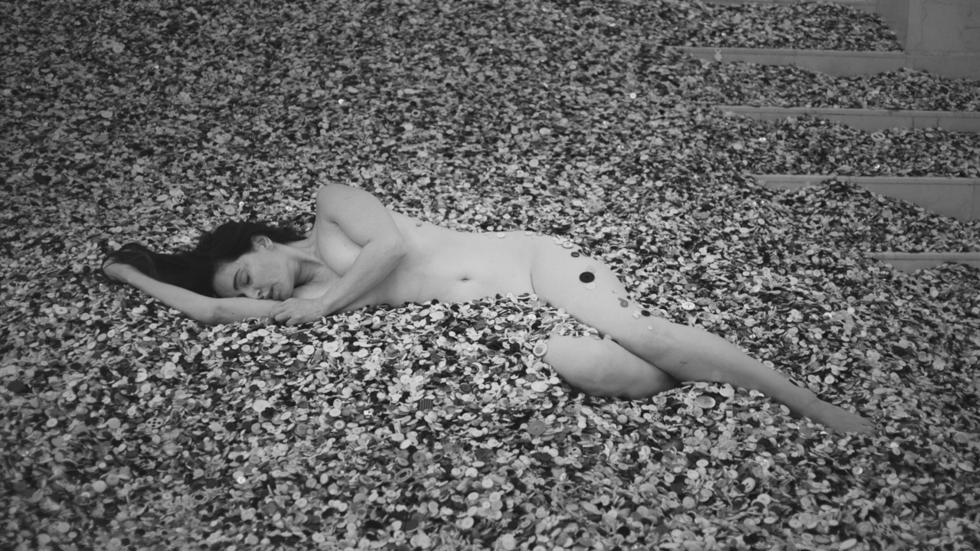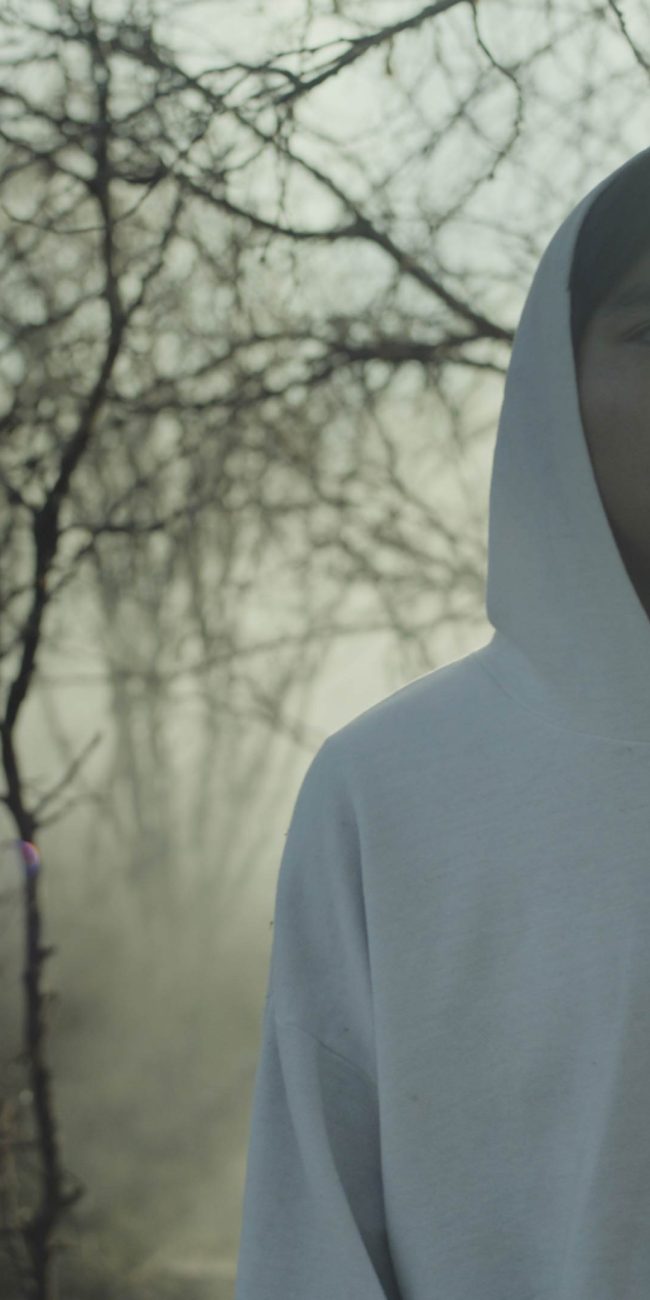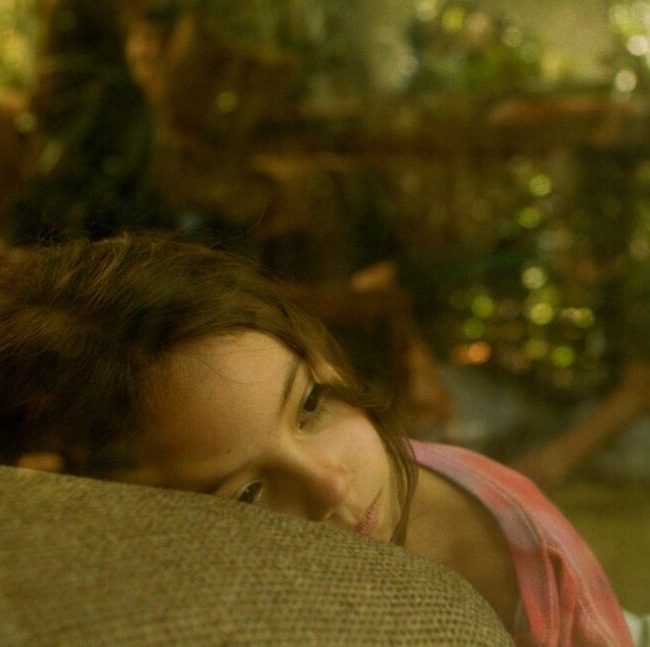TWELVE MOONS

(The Tribeca Festival ran June 4-15 in New York’s Tribeca neighborhood and Hammer to Nail has boots on the ground! Check out M.J. O’Toole’s Twelve Moons movie review fresh from the fest. Seen it? Join the conversation with HtN on our Letterboxd Page.)
One of the most stunning discoveries of this year’s Tribeca Festival is Mexican writer-director Victoria Franco’s Twelve Moons. This psychological and surrealist exploration of addiction avoids simplistic tropes, adding depth to the story through its blend of loneliness, tragedy, socialism, and humanism. Anchored by a captivating performance from Ana de la Reguera, its painstaking exploration of a woman in turmoil and her descent is reminiscent of a Lars von Trier drama and the nightmarish Requiem for a Dream. With Victoria’s brother, Michel Franco, as a producer, this film showcases the Franco siblings’ knack for creating ambitious and harrowing dramas that explore the darkest corners of human nature. However, this film is Victoria’s own, blending reality and fantasy in crisp black and white to explore her protagonist’s state of mind and the pain she carries, which fills her with the need to numb herself. This is a journey that will weigh on you even after the credits begin rolling.
Twelve Moons unveils the life of Sofía (de la Reguera), a 40-something architect in Mexico City who seems to have it all on the surface – living in a modernistic home with her developer husband José (Enrique Arreola). The couple has been trying to get pregnant for quite some time. During an appointment with her obstetrician, which José doesn’t show up to, she sadly learns that she has suffered a miscarriage. This marks the beginning of Sofía’s difficult journey ahead. After receiving this devastating news, she immediately returns to smoking and drinking. She is discovered the next day passed out at a construction site for a building she and José are developing together – the first sign of a problem that just gets bigger and bigger. While coping with this loss herself, it becomes clear how emotionally distant José is in her time of need. Much of the first half of the film explores things from Sofía’s tumultuous emotional perspective. As her drinking and hard drug use build up, she constantly argues with her husband and arrives late to a meeting where she berates her clients after they alter her designs. In one surrealistic sequence, cinematographer Sergio Armstrong frames Sofía walking through the construction site she oversees as if she’s walking through an obliterated landscape, a symbol of the dark road ahead of her.
After a workplace accident that results in the amputation of a worker’s leg, José, along with Sofía’s recovering alcoholic father, stages an intervention that prompts a month-long stint in rehab. Many addiction films portray rehab as either a place for their characters to permanently change for the better or a point of turning things around in the third act. But in Sofía’s case, rehab is barely half the battle for her. Once she completes her 30-day stay, she returns to a world that hasn’t changed favorably for her. Even José, who urged her to go to rehab in the first place, is not even that sensitive towards her sobriety as he nonchalantly knocks back mezcals in front of her rather than meet her at least halfway out of solidarity. When Sofía soon catches him in a compromising position (which we could see coming), it is enough to send her fleeing back into old habits, as well as some new, dangerous ones. Where the film goes from here is enough to show how easy it is for a person to fall without the right support system being present to catch them. It isn’t long before Sofía goes from living an extravagant life to begging for money, scoring drugs on the streets with other addicts, and being sexually exploited. Similar to the recently restored 1981 German drama Christiane F., this is one of the most grim portraits of addiction to be filmed. Whether or not people may view it as a cautionary tale, its relentlessness in its depiction of addiction shows how possible it is to make a person spiral, no matter what their social status is. But this drama is not entirely devoid of hope, as a loved one comes to Sofía’s rescue when she reaches true rock bottom, showing that she is not without deep, genuine love in her life
The film truly benefits from Ana de la Reguera’s transcendent performance, which is both emotionally and physically compelling. The title Twelve Moons is an allegory for the twelve steps of sobriety and the cycles of fertility. As much as we witness how much she needs sobriety, we also see her deep desire to become a mother through encountering pregnant mothers and her drug-induced visions of nursing a baby. Of course, desiring something and needing something are two different things. Sofía’s recurring visions of a gentle-looking older woman also hint at a more profound grief she has carried most of her life. While the film may overly rely on its visuals to tell the story more than its dialogue, Victoria Franco nevertheless delivers quite a gut punch in her feature debut. You can feel the rawness in your bones. Both the cinematography and sound design contribute to emphasizing this character’s state of mind. Much like Sofía’s journey, there is love and strength at the end of the tunnel.
– M.J. O’Toole (@mj_otoole93)
2025 Tribeca Fest; Victoria Franco; Twelve Moons











